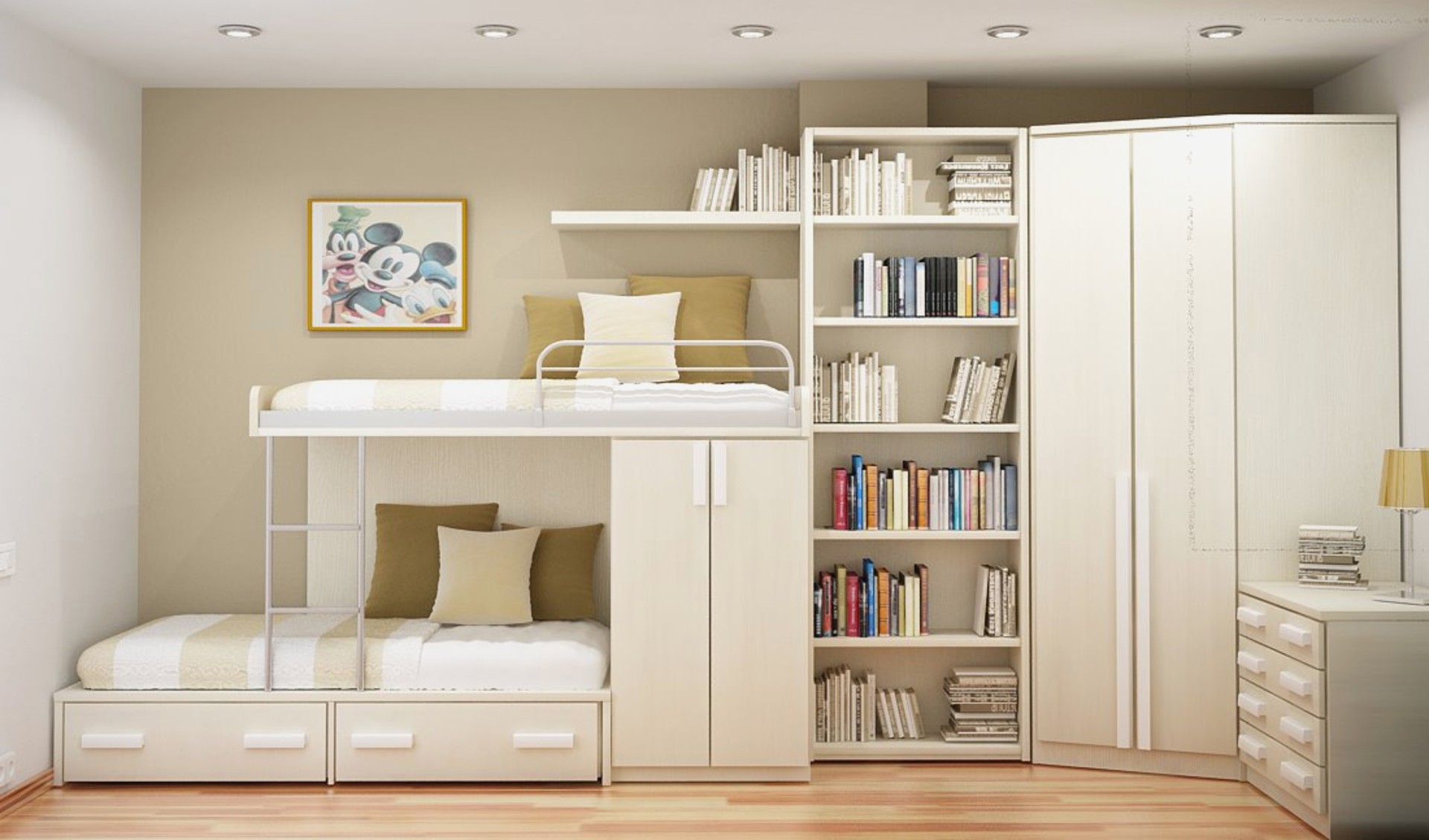
Accent walls have become a staple of modern interior design over the last couple of decades, likely because they are an easy and flexible way to add depth and style to a room.
While many folks think of accent walls as just a single wall in a room painted a different color, they can actually be incredibly versatile. Accent walls can be painted dark or bright, created with a solid color or with patterns, made using decorative wood panels, wall paper or just plain paint. The list is seemingly endless.
If you are interested in creating an accent wall in any room of your home, check out these seven design tips to help you get the process started.
Choose the Right Wall
When choosing which wall to transform into an accent wall, it is important to be purposeful in your selection. The reason for this is that rooms that are devoid of any distinguishing architectural features can be greatly enhanced by an accent wall. This could impact the room in which you decide to put your accent wall.
Alternatively, if the room you choose does have a distinguishing feature (such as a fireplace), then this wall would be a natural fit to become an accent wall.
Take Other Wall Colors into Consideration
Unless you plan on painting the whole space, the color of the existing room should be taken into consideration when creating an accent wall. If you are going for a strong accent, this should be balanced out with neutral colors on the other walls, such as beige, gray, greige or similar tones.
Alternatively, if you are designing an accent wall in an all-white room, then you might opt to soften the contrast by creating a mid-tone accent wall. Otherwise, the effect could be jarring.
Think About More Than Just Walls
Many interior designers refer to the ceiling as the fifth wall, and this is a completely viable option for your accent wall.
There are plenty of interior design trends sweeping 2022, one of which is the implementation of the accent ceiling. Accent ceilings are just as versatile as their more traditional counterparts, allowing for a multitude of tones, textures, and materials to be used such as paint, shiplap, wood tile, and tons of other textured goodies.
If you want to move beyond a standard accent wall and do something a bit more creative, this is surely the way to go.
Consider More Than Just Solid Colors
While accent walls made using a solid color are just fine, there are other options at your disposal. For instance, accent walls can be made by painting stripes or geometric patterns. Alternatively, you could even have a mural painted.
You can also opt to nix paint altogether and instead choose to use wallpaper. Additionally, if you are concerned about using wallpaper because you might want to change things up one day, there are a variety of temporary wallpapers that can give your home a designer look without the typical hassle of wallpaper removal.
Reflect on Textures
While wallpaper and paint are great, you might want to go an entirely different route and install stone, tile, or wood to create your accent wall.

Source: Ilija Erceg/Shutterstock.com
Alternatively, you can go completely outside of the box and create an accent wall by installing an extensive amount of shelving, covering a wall in artwork or photos or even draping fabric along the wall.
The point here is that there are tons of ways to create an accent wall and you are only limited by your imagination.
Accent the Trim
If you want to do something a bit more subtle with your accent wall, you might consider just painting the trim instead of the entire wall. This will create a much more subdued appearance, while still adding a bit of style to the space.
However, to avoid too plain of a look, you might decide to also install some crown and baseboard molding for the room. Just as opting to purchase wood appliques for furniture or mantels can add a significant amount of style and personality, molding can help do the same for a room.
Don’t Be Afraid to Go Bold

Source: Hendrickson Photography/Shutterstock.com
If you want to add some drama to a space, then you might decide that striking contrast is for you. However, just make sure that you have some accents around the room to coordinate with the color and help pull the room together.
When deciding to go bold, you can traverse either end of the color spectrum, by either opting for dark paints like charcoal gray, deep navy, or even black; or you can go the other way, painting walls in lemon yellow, bubble gum pink, or other loud colors.
The key here is to understand the purpose of the room and the feelings you are trying to evoke with the colors.
Designing the Perfect Accent Wall
There are a multitude of ways in which you can design an accent wall. The most important things to keep in mind during the process are to consider the room’s use, the energy you are trying to create and to have fun designing your accent wall.


